How to alleviate pain in your knees
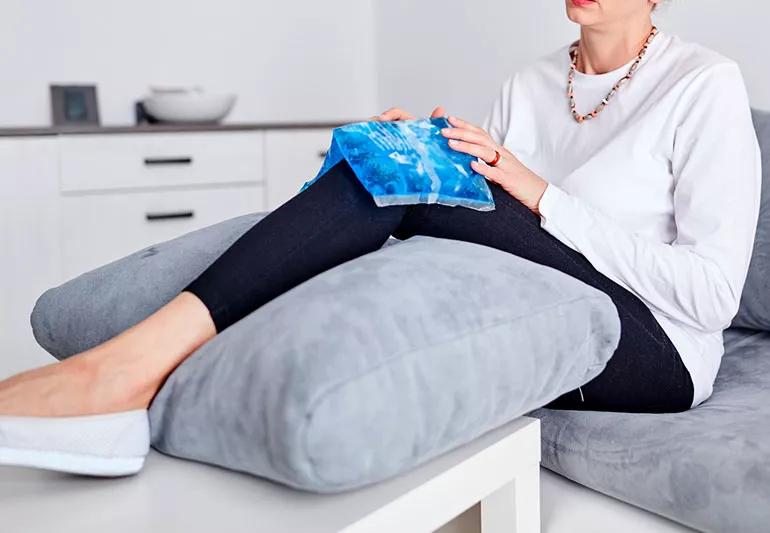
The most common cause of knee pain can hit you in your 30s as easily as it can in your 60s and 70s. Orthopaedic surgeon Robert Nickodem Jr., MD says osteoarthritis, or “wear-and-tear arthritis,” is the most common cause of knee pain – and the most common form of arthritis.
Advertisement
Cleveland Clinic is a non-profit academic medical center. Advertising on our site helps support our mission. We do not endorse non-Cleveland Clinic products or services. Policy
Osteoarthritis includes more than 100 different types of arthritis or joint inflammation and rates of it have been steadily rising year after year.
“Osteoarthritis is like a rusty hinge,” says Dr. Nickodem. “The knee still works, but it creaks.”
Fortunately, osteoarthritis is treatable. You may never be completely pain-free, but you can manage the condition and keep your symptoms under control.
To help alleviate the “creaking” and soothe your knee discomfort, Dr. Nickodem recommends:
How can you tell if you have osteoarthritis?
Advertisement
“If you have pain inside your knee, under your kneecap, especially when kneeling, squatting or going up and down steps, it’s usually wear-and-tear arthritis,” says Dr. Nickodem.
Cartilage, the cushioning between bones, deteriorates throughout life. It can erode more quickly in some people due to injury or genetics. As cartilage thins, your bones begin to rub together, causing pain, swelling and stiffness.
Sometimes the level of pain does not always correlate to the severity of the condition.
If your pain and swelling are getting worse and you can no longer put weight on your knee, see your doctor. A simple X-ray can show if there is osteoarthritis and, if needed, an MRI scan can check for meniscal tears or loose chips of cartilage.
Arthroscopic surgery can sometimes remove loose cartilage. Partial or total knee replacements are other surgical options, especially for those who can no longer stay as active as they’d like. Sometimes computer assistance is used for some complicated knee replacements.
“Surgery is a last resort, though,” says Dr. Nickodem. “It’s something to consider when nonoperative treatments aren’t helping.”
Advertisement
Learn more about our editorial process.
Advertisement
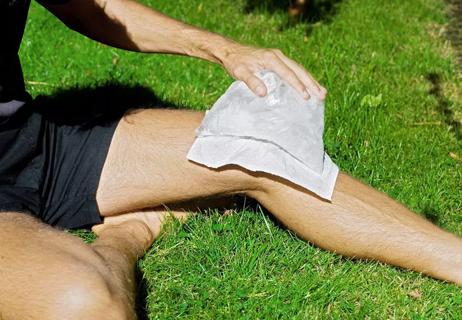
Take the ache away from your joints with these at-home exercises
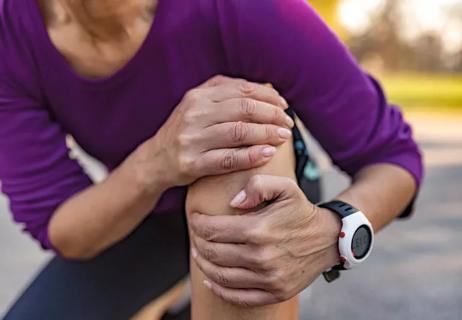
Don't let these aches and pains set you back

Consider these common reasons for knee pain
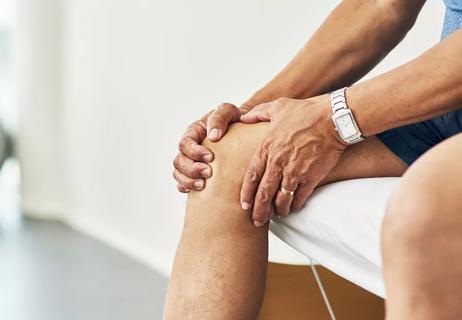
Non-surgical ways to help you function better
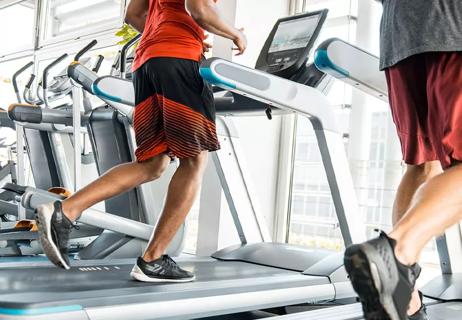
Running doesn’t cause knee arthritis, but you can take steps to minimize cartilage damage

The simple and inexpensive band is a proven way to ease your knee pain

Most recommended precautions center around minimizing bruising or swelling

Type 2 diabetes isn’t inevitable with these dietary changes

Applying a hot or cold compress can help with pain